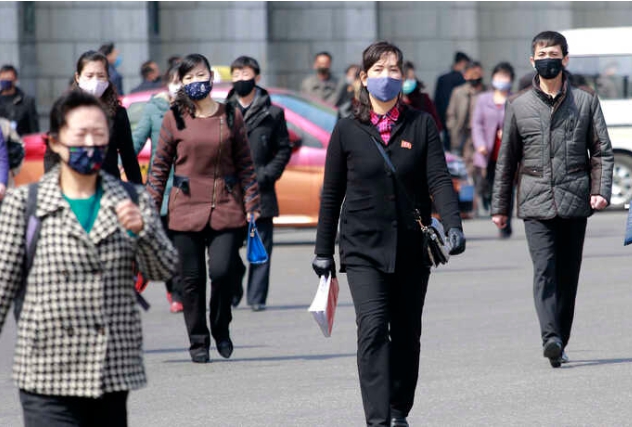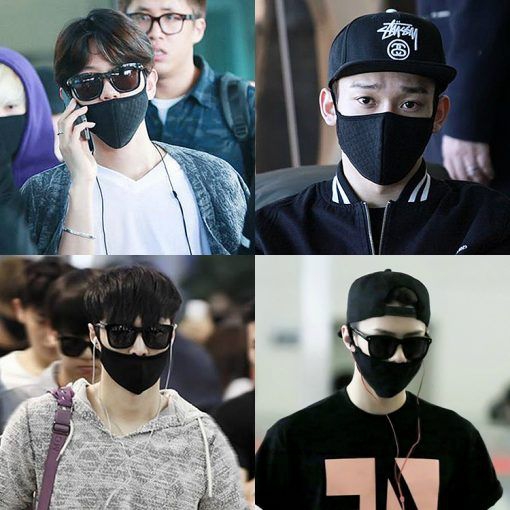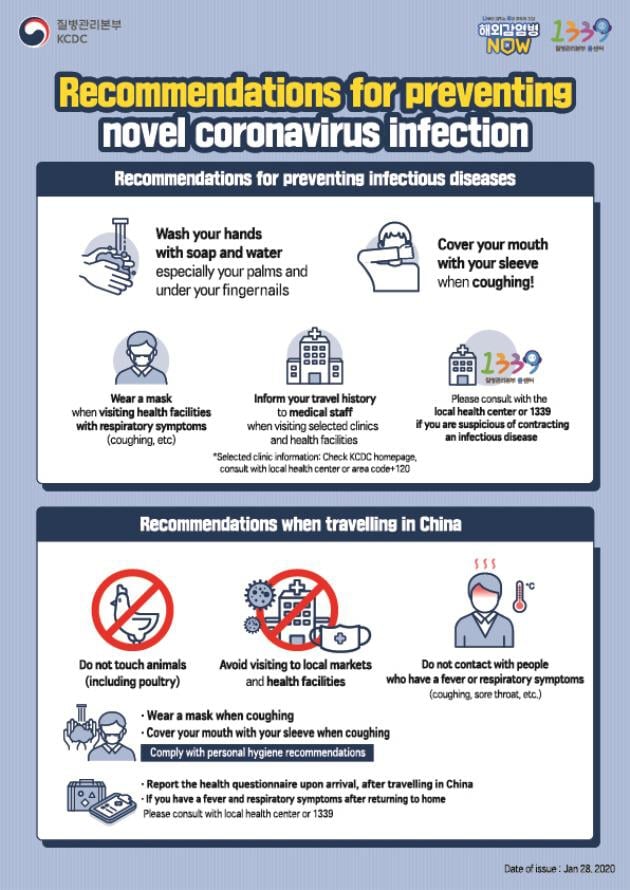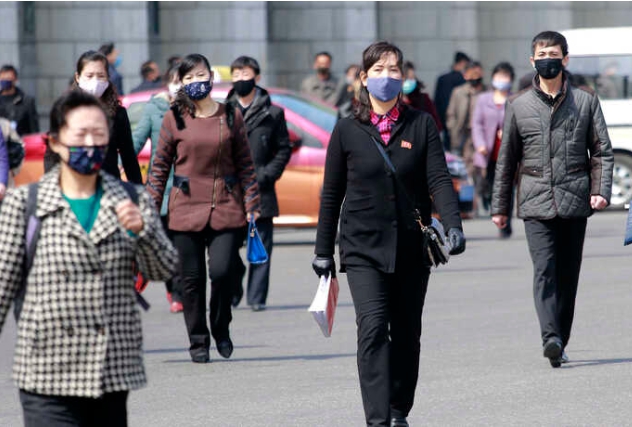Korea's Covid 19 response

Why it's considered one of the best globally
KoreaâÃÂÃÂs Exceptional COVID-19 Response: Among the Best in the World.
South Korea experienced its first case of Covid on the 20th of January. Within a matter of weeks, Korea faced the largest infection rate outside of China, primarily due to the Deagu-cluster. Many foreigners residing in Korea contemplated returning to their home countries, and some actually did. However, while the public initially found themselves at a disadvantage, the Korean government acted swiftly to curb this unprecedented illness.
A Culture of Mask Wearing
Each year, during the spring season, Korea is plagued by what is known as âÃÂÃÂyellow dustâÃÂÃÂ. While the blame is primarily placed on the sand blowing down from the northern Gobi desert in China, there is undoubtedly a mixture of locally produced pollen in the air. As a result, it has become customary to see Koreans donning masks during the initial months of the year. Even though the air quality in 2020 showed improvement compared to previous years, masks made their seasonal comeback, though this time for slightly less noticeable reasons.
Due to this annual cycle and other factors such as previous experiences with viruses like SARS and MERS, masks have evolved beyond being solely a safety measure and have become a fashion statement. Even the globally acclaimed BTS can be seen wearing them, leading some to consider them a "fashion item".

Learning from Past Experiences
This is not the first time South Korea has faced a deadly virus. In 2002, it was SARS, and in 2009, the H1N1 influenza pandemic struck. However, it was the 2015 MERS outbreak that had the most significant impact.
In May 2015, a 68-year-old man returning to South Korea from a business trip to the Middle East developed a fever. By the time doctors diagnosed him with MERS, the disease had already spread to several dozen patients within the medical institutions he had visited. These patients then went on to other hospitals, causing the infection to spread further. Consequently, Korea's hospital system became infected.
During this period, testing kits were initially unavailable, and transparency was severely lacking. In response, significant amendments were made to the Law On the Prevention and Management of Infectious Diseases. Testing procedures were expedited, contact tracing was expanded to include warrantless access to CCTV footage and patients' geolocation data. Transparency also increased through the use of prompt alerts such as emergency texts. From these previous epidemics, South Korean public health officials recognized the importance of early testing and the need to isolate newly infected patients to prevent secondary infections.
Compliance with Confucian Values
After residing in Korea for nearly a decade, there is an abundance of anecdotal evidence demonstrating Koreans' profound respect for authority, often to a fault. It is crucial to note that the Korean (and East Asian) understanding of "rights" differs fundamentally from that of "Western" countries. During times of national emergencies, this respect for authority proves valuable as people simply adhere to basic instructions such as wearing masks, maintaining social distance, regularly washing hands, and so on. Accordingly, the Korean government launched an extensive campaign to educate the public. Images like the one below were omnipresent within days of the pandemic's emergence.
Note the instructions are presented as "recommendations". To this day, there has been no official lockdown, and places of congregation such as churches and libraries were closed for only a few weeks.

Utilizing Technology
As previously mentioned, thanks to legislation, the Korean government leveraged various forms of technology for tracing and contacting individuals. These included CCTV cameras, geolocation tracing, mass messaging and updates, and the collection of credit card transaction information.
The use of technology was not limited to public services alone. Within days, private individuals created apps, with the most popular being "Corona 100m", which reveals the location and date of infection of a patient, along with other personal information. The app also provides warnings to users when they are within a 100-meter radius of a location previously visited by an infected person.
This app embodies the unique culmination of revised legislation, technological development, and a "collectivist" mindset. By May 12th, 25% of the population (or 31.3% of smartphone users) had downloaded the app.

Conclusion
There are, undoubtedly, several additional factors that contributed to Korea's success. A cadre of medical professionals was always prepared to conduct tests, while white-suited personnel diligently sanitized public transportation and "hotspot" areas daily. High levels of internet connectivity allowed students of all ages to study remotely from home. It would be disingenuous to single out any one factor while neglecting the others. Granted, each factor has its own share of criticism and shortcomings. However, when merged into a "perfect storm," they prove exceptionally effective.
As of May 30th, Korea finds itself facing a second wave. Nevertheless, the response has been resolute and swift, allaying fears and reaffirming that preparedness triumphs over pandemonium.ÃÂ

